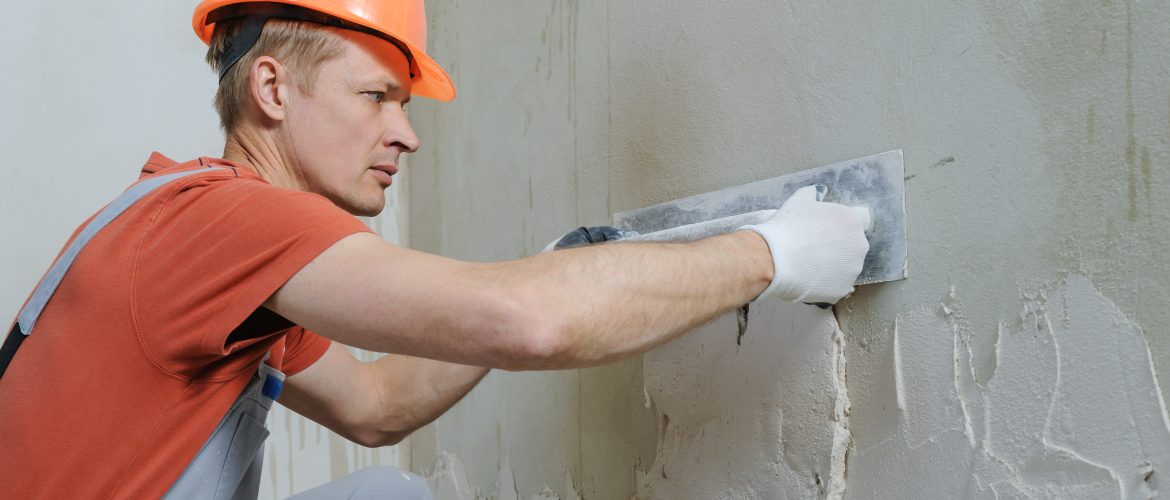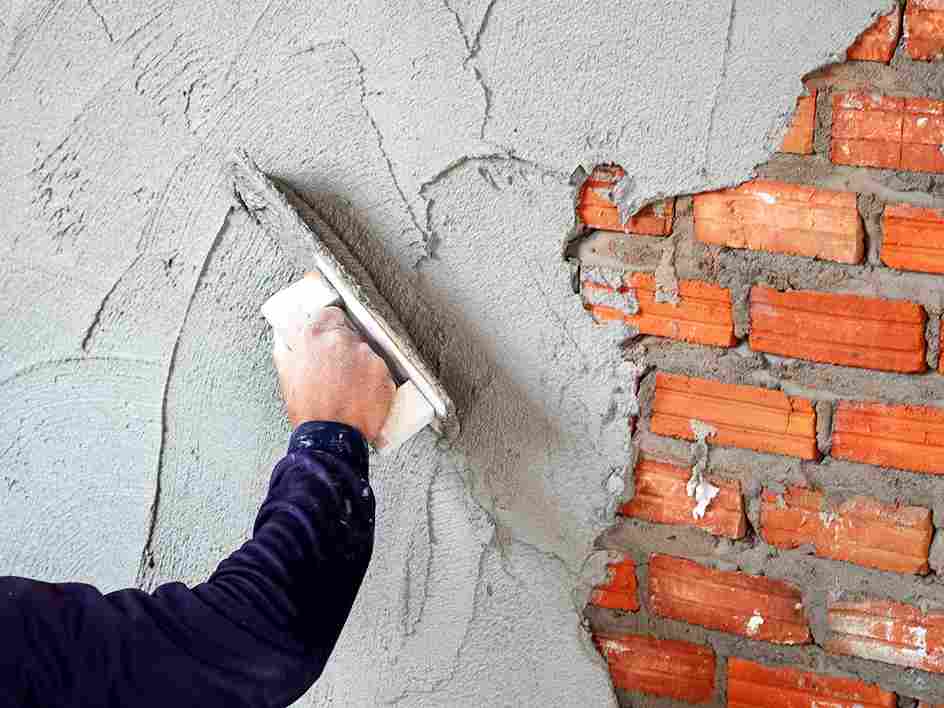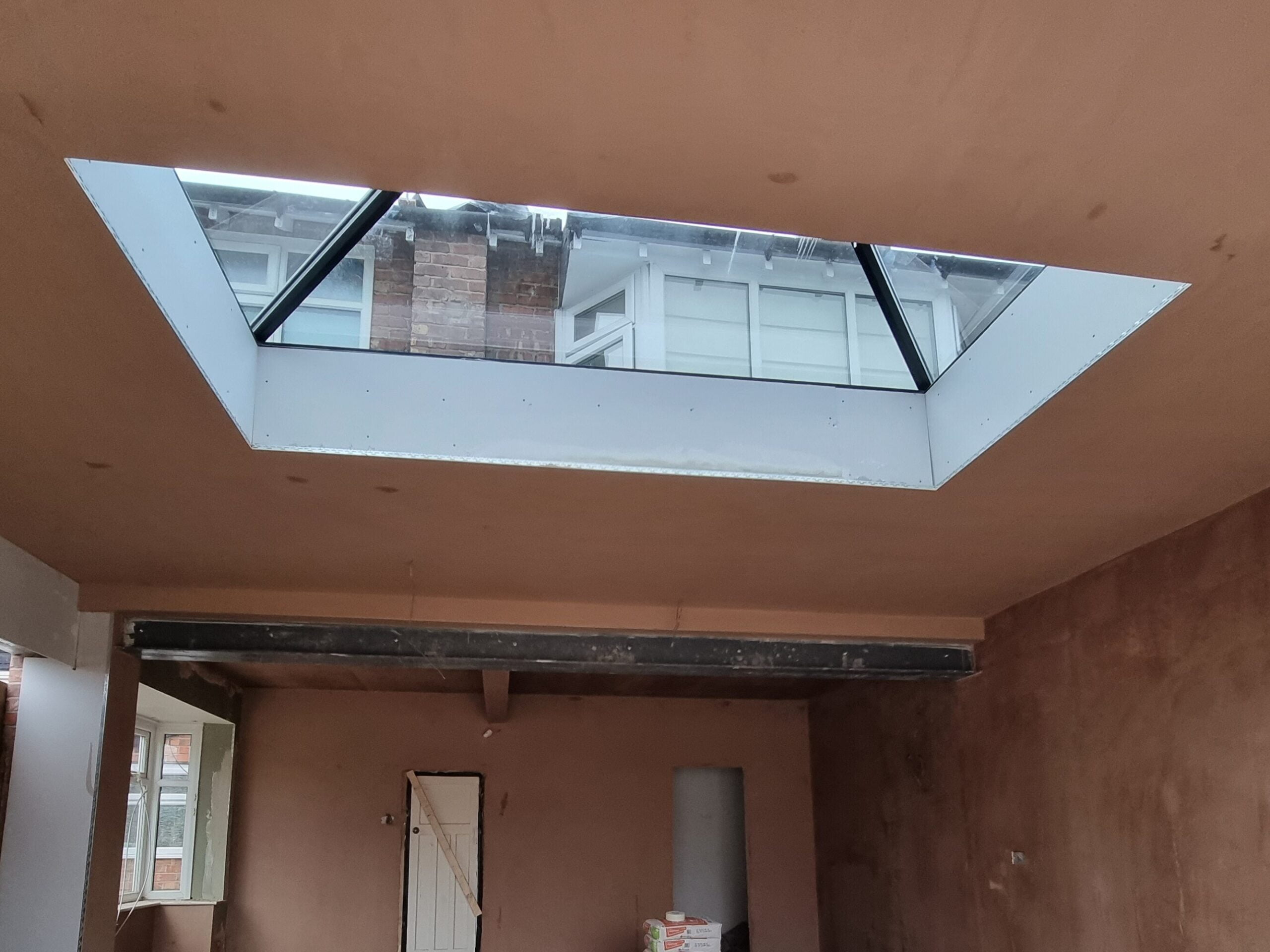Plastering Advice from Professionals: Finest Practices for Success
Plastering Advice from Professionals: Finest Practices for Success
Blog Article
A Comprehensive Overview to Mastering Plastering Abilities for Your Renovation Demands

Crucial Devices and Materials
In the realm of plastering, having the right devices and products is extremely important to attaining a perfect surface. Various necessary tools offer distinctive objectives, guaranteeing performance and precision throughout the gluing process. A premium trowel, for example, is vital for smoothing and applying plaster, while a hawk provides a stable system for holding the product. A joint blade is also essential for detailed job, particularly in sides and corners.
In enhancement to tools, picking the ideal plastering products is important. Gypsum-based plasters are commonly favored for their versatility and simplicity of use, while cement-based options are suitable for exterior applications as a result of their sturdiness. Water and bonding representatives play significant duties in achieving proper consistency and attachment, making sure that the plaster adheres successfully to the surface.
Additionally, protective equipment such as masks, handwear covers, and safety glasses is vital to guard versus dirt and irritation during the application process. By constructing the ideal mix of tools and materials, plasterers can boost their ability and create high-grade surfaces, eventually raising the overall workmanship of their job.
Preparing Surfaces for Plastering
Accomplishing a smooth and resilient plaster coating starts with meticulous prep work of the surface areas to be glued. This foundational action is essential to ensuring adhesion and the longevity of the plaster. Begin by analyzing the problem of the substrate-- whether it is stonework, concrete, or drywall-- eliminating any kind of loosened paint, dirt, or particles that might disrupt bonding.
Following, repair any type of flaws such as openings or splits. Use an appropriate filler to achieve a degree surface; this can be critical for stopping future problems. As soon as repaired, guarantee the surface area is clean and completely dry, as wetness can jeopardize plaster adherence.
For permeable surface areas, it is suggested to apply a bonding representative. This item improves attachment and develops a trusted user interface between the plaster and substrate. If dealing with formerly plastered surface areas, it might be essential to mess up or sand the location lightly to supply a key for the brand-new plaster layer.
Plastering Strategies and Tips
Grasping plastering strategies calls for both skill and practice to achieve a perfect coating. One essential method is the application of the plaster in multiple slim layers, instead than a single thick coat. This approach enables better attachment and lowers the risk of splitting. Start with a base layer, ensuring it is equally spread and leveled with a hawk and trowel. Make use of a straightedge to look for any flaws prior to proceeding to succeeding layers.
When using the finish layer, use a shoveling strategy that includes holding the trowel at a slight angle and operating in a round activity. This helps to produce a smooth surface area and lowers the look of trowel marks. In addition, maintain a spray bottle of water useful to mist the surface area lightly; this maintains the plaster practical and enables smoother finishing.
Timing is crucial; job successfully, as the plaster begins to set. Once the plaster has actually firmed up but is still moist, use a wet sponge to delicately smooth the surface even more. Finally, permit ample drying time prior to fining sand or paint, guaranteeing your tough job leads to a professional, top quality coating.
Common Mistakes to Prevent

Another typical error is using plaster too thickly. Overzealous applications can lead to breaking and prolonged drying times. It's vital to use plaster in slim, also layers, enabling each coat to dry adequately before including extra.
In addition, not making use of the right devices can hinder the top quality of the coating. Utilizing unacceptable trowels or mixers can produce disparities in the plastering process. Always select high-quality devices made for gluing tasks.
Finally, several individuals undervalue the relevance straight from the source of timing. Functioning in unsuitable temperature levels or moisture degrees can detrimentally influence plaster drying out and healing. It is advisable to examine weather condition problems and adapt your timetable appropriately.
Ending Up Touches for an Expert Look
The final stages of a gluing project are important for accomplishing a polished, professional appearance. When the plaster has actually dried completely, the following step is to evaluate the surface for imperfections.
After sanding, it's recommended to cleanse the surface to get rid of any kind of dust and particles. A damp cloth is effective for this objective, followed by an extensive drying duration. If needed, applying a slim layer of completing plaster can improve the surface better, providing a smooth surface.
When the finishing plaster is dry, one more round of sanding may be called for to attain the wanted level of smoothness. Finally, take into consideration applying a guide prior to painting or wallpapering, which will certainly boost bond and sturdiness.
Conclusion
Understanding gluing skills significantly improves the quality of remodelling tasks. An extensive understanding of vital tools, surface area prep work, and reliable methods is essential for attaining specialist results. Understanding of usual blunders permits for the avoidance of pricey errors, while interest to ending up touches ensures a refined appearance. Inevitably, the combination of these elements contributes to the creation of smooth, long lasting surfaces that raise the aesthetic value of any kind of area, highlighting the value of competent plastering in home enhancement ventures.
Water and bonding agents play considerable roles in achieving appropriate consistency and bond, making certain that the plaster adheres effectively to the surface area. Plastering.


Additionally, keep a spray container of water convenient to haze the surface gently; this keeps the plaster workable and enables for smoother ending up. (Plastering)
If required, using a slim layer of completing plaster can improve the surface additionally, supplying a smooth coating.
Report this page